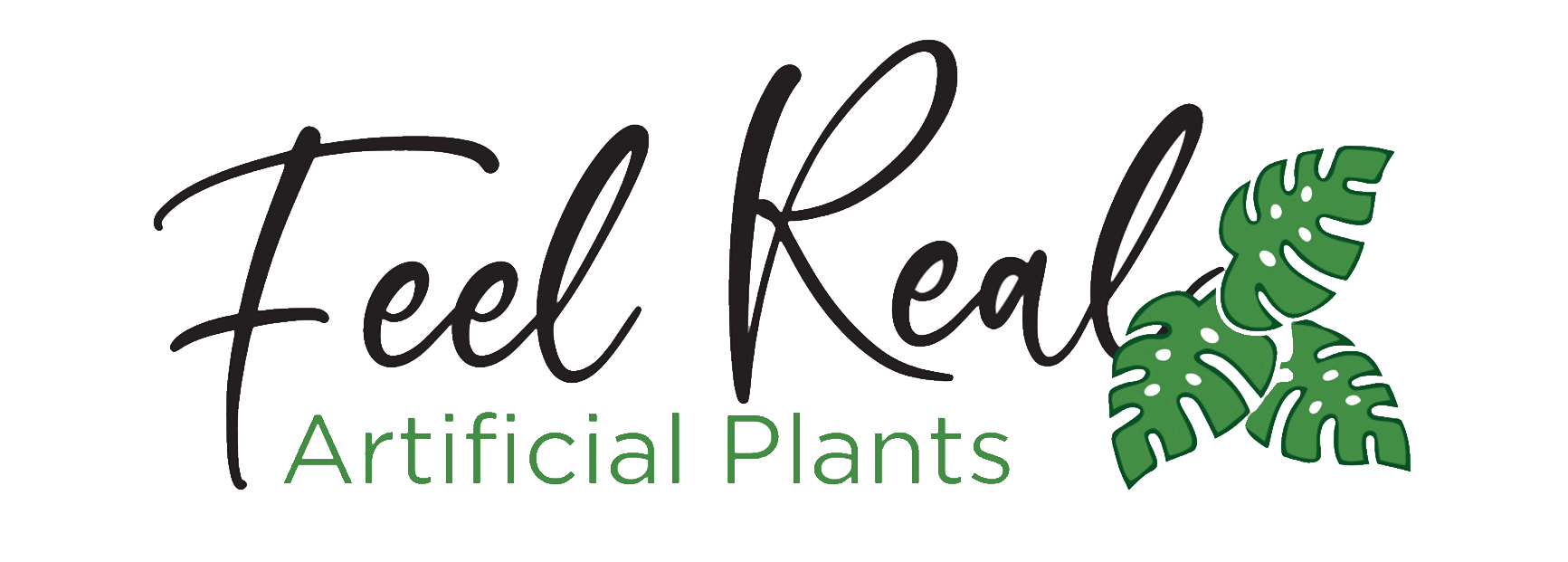Artificial turf has emerged as a premium and high-quality landscaping solution, not only for homeowners but also for government institutions and commercial properties.
According to the Business Search Company, the global market size for artificial turf is expected to increase from $3.92 billion to $4.18 billion from 2024 to 2025.Yes, you read it right.
There is a growing demand for synthetic turf globally come 2025 and beyond. But is artificial turf the lawn for the future? Generally, artificial turf is considered less expensive, and its aesthetic whether in the backyards, gyms or sports fields lasts for longer compared to natural grass.

This guide covers everything you need to know about artificial turf and its future including the following:
Let’s start from the top:
The Rise of Artificial Turf
Gone are the days when artificial turf was majorly reserved for sports fields alone. This grass is rapidly taking dominion in landscaping solutions in various areas including commercial, residential and even municipal places. Why artificial turf? The growing demand for synthetic turf is fueled by the following core reasons:
· Boost Sustainability
Artificial turf is rising in popularity globally due to its ability to boost sustainability. Unlike natural grasses, artificial turf plays a pivotal role in lowering the quest for pesticides, water and routine lawn practices.
Compared to natural grasses, turfgrass needs no irrigation. Thereby, saving lots of water that would have been used for irrigation. If you’re looking for an economical way to sustain your landscaping solution, Artificial turf is the best for your landscaping project.
Conversely, quality grasses from FeelReal feature recyclable materials and are made for long-term use, reducing environmental effects and waste linked to constant mowing or regular lawn upkeep.

· Turfgrass Promotes Usability
The easy usability of turfgrass is another core reason for its demand globally. Synthetic turf primarily provides long-lasting, consistent and easy-to-use surfaces, irrespective of the weather conditions.
Unlike natural grass, turfgrass do away with uneven terrain, and mud and cuts the regular maintenance, making it perfect for pet areas, gyms, sports fields and residential places among others.
Additionally, artificial turf drains water easily and is characterized by a slip-resistant texture, which promotes safety and enhances usability not only in indoor settings but also in outdoor activities.
Therefore, whether it is a soccer ground or indoor use, artificial turf provides the best solution for all high-end places in 2025 and beyond.

· Artificial Turf Improves Performance
Ever wondered why there are fewer injury risks in sporting activities such as baseball, gym and soccer where turfgrass is used? You’re not alone. Many people tend to ask similar questions. But here is the kicker.
Artificial turf is made of nylon materials and polyethene fibers which normally enhance performance in sporting activities by providing shock absorption, stable surface and durable ground for sporting activities.
A stable surface enables users or participants to perform at their level best with minimal interruptions caused by uneven grass or weather sometimes. Thereby, making artificial turf the best choice for all high-performance sporting activities.

How Does Artificial Turf Compared to Natural Grass?
Many homeowners are shifting to artificial turf as it is ideal for a modern lifestyle compared to natural grass. Artificial turf comes with many pros which are too conspicuous to be ignored, especially in this ever-changing world of tech and advanced lifestyles.
Needless to say, natural grass also has its merit when it comes to usability and convenience. However, the most outstanding question remains: how does artificial turf compare to natural grass?
Here is a comprehensive comparison between turf grass and natural grass you need to know before deciding which one to choose in 2025.

Artificial Turf vs. Natural Grass, Which One Should You Choose?
The following plain points will help you compare turfgrass to natural grass effortlessly:
1. Aesthetic
Aesthetic comes first when comparing synthetic turfgrass to natural grass. Typically, natural grass will give your outdoor space a more natural and beautiful look compared to turfgrass. However, without proper and intensive care such as mowing, irrigation, use of pesticides and more, it can be challenging to keep natural grass green and healthy all the time.
On the other hand, the aesthetic value of artificial turf differs widely. Many of the turfgrass including the fake lawns comes with a plastic feel, which generally lacks the natural feel of a genuine lawn.
However, the high-quality turfgrass from FeelReal usually provides a realistic look on your yard, with different design options, textures and yarns.

2. Maintenance & Care
For your artificial turf to have a beautiful and healthy look, you must routinely maintain it. So is natural grass.
Natural grass needs high and regular maintenance such as mowing, use of fertilizers, weeding, overseeding, watering and use of pesticides to control different pests on the natural lawn.
Contrary, artificial turf comes with minimal maintenance compared to natural grass. By mere use of a broom or leaf rake, you can restore the aesthetic appearance of your turfgrass in seconds.
Additionally, you can give your turf a hose rinse occasionally, particularly during low rainfall seasons. This can help you to remove pollen, dust and other fine particles from the surface. Compared to natural grass, you can brush your turfgrass once it gets dirty to make your fake lawn look attractive and appealing.

3. Cost
Cost is one thing you can’t avoid. Oftentimes many people would opt to choose an affordable product that lasts longer compared to costly items with the same features. In this case, natural grass would definitely cost high due to the complex maintenance steps needed to maintain its aesthetic value.
For instance, the occasional use of water for irrigation, fertilizers and seeds sum up to huge expenses, which might break your bank.

Conversely, the cost of buying a weeder, lawnmower and strimmer is significantly high. Additionally, you’ll be compelled to hire a skilled personnel member to operate these machines should you have little or less knowledge of handling lawnmowers, strimmers and weeders.
Contrary, synthetic turf is naturally inexpensive. It is easy to maintain and care for. No need for complicated machines in artificial turf for its maintenance and care, making it an affordable option for many homeowners.
So, which one should you choose? The table below highlights the key differences between artificial turf and natural grass.
| Feature | Artificial Turf | Natural Grass |
| Aesthetic | Appears less natural. | Natural. Beautiful look, but needs constant care. |
| Maintenance & Care | Low maintenance. Use brooms or leaf rake to clean. | High maintenance. Need watering, the use of chemicals and weeding among others to maintain its lush appearance. |
| Cost | Affordable. No use of heavy and costly machines. | Very expensive. Labour required machines and equipment for maintenance. |
How Long Does Artificial Turf Last?
Artificial turf can last from 8-10 years. However, the duration of artificial turf can vary depending on many factors such as care and the installation process.
With premium, high-quality synthetic turf from FeelReal, you can expect your residential artificial turf yard to last from 15 to 20 years.

Diverse Application of Artificial Turf
Artificial turf needs not much care, making it a versatile option for use in different settings. Here is the diverse application of turfgrass you need to know before making your order next month:
1. In Sport Organization
Many sports organizations have embraced artificial turf in sports fields because of its improved performance, easy usability and durability. Synthetic turf permits high-performance games to be conducted without the need to worry about weather conditions and uneven terrain on the sporting ground.

2. Residential Places
Residential settings have come in as the best places to install artificial grass, especially in places where there are senior citizens. Turfgrass has various shades, designs and heights to fit everyone’s tastes.
Artificial grass is designed to provide shock absorption, easy movement and even terrain, which acts best for senior citizens who entirely depend on wheelchairs for mobility. A study conducted by Mirador Living discloses the number of aged citizens both in China and the United States by 2050 will reach 2.1 billion.
The stats emphasise the need for more artificial turf in the next years to cater for the aged population across the globe. Similarly, turfgrass can bear heavy foot traffic and lacks grass pollen grains, making it ideal for residential places.

3. Pet Areas
Artificial grass offers a comfortable and safe area for pets, especially cats and dogs to enjoy themselves. Turfgrass is made of smooth materials, which are easy to wash should pets vomit or have their bowel movements on the turf.
Artificial turf is easy to disinfect and many are designed with proper drainage systems to permit any liquid waste easily. For the best floor for your pets, worry less, artificial turf has your problems solved instantly.

2025 Trends: What’s New in Artificial Turf?
Major trends influencing artificial turf in 2025 include advancements in technology such as:
- Smart integration features
- Eco-friendly materials
- Self-cleaning features
- Long-lasting polymers blend for durability
- Improved aesthetic
The above artificial turf innovations point to the surge of homeowners looking for low-maintenance, environmentally friendly and better landscaping options for their homes. Therefore, from smart integration features to self-cleaning properties, 2025 trends innovation promises to deliver exceptional performance.

FAQs About Artificial Grass:
Q1: Does artificial turf look fake?
No. Artificial turf will only look fake if it’s poorly maintained and installed.
Q2: Will fake grass get too hot in summer?
Yes. Fake grass gets too hot in summer when exposed to direct sunlight.
Q3: How to clean and maintain artificial turf?
Regularly clean your artificial turf using a broom or leaf rake to remove debris. Additionally, you can occasionally rinse it with water to do away with pollen and dust.


